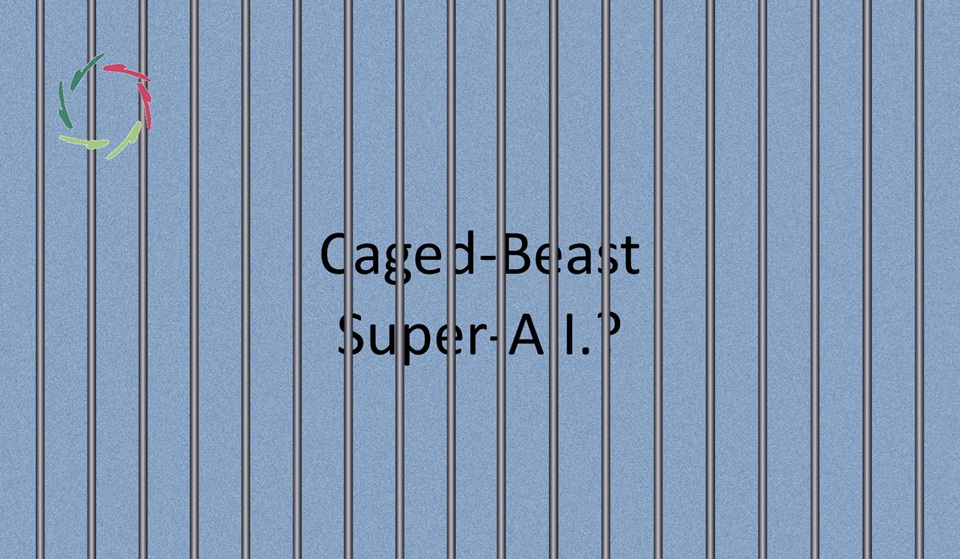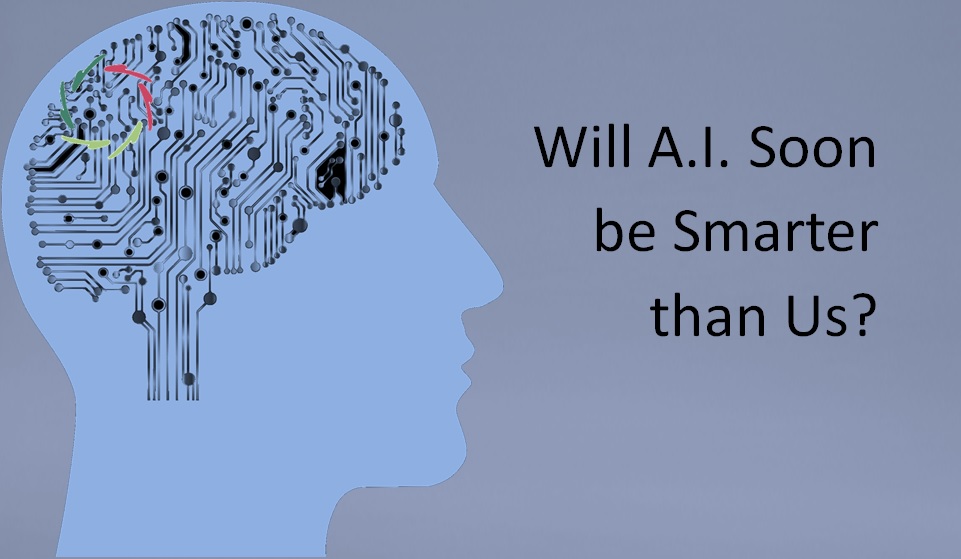Artificially Intelligent Creativity

It’s all about associative patterns — ideally broadly distributed and combining both conceptual and subconceptual levels.
In the same pattern, different levels
This is very natural in humans, making spontaneous associations of any sort in daily life.
When inspired, we go deeper and broader — nothing entirely new occurs since all concepts in our mind are partly subconceptual. In other words, we are no purely conceptual robots.
Nor is Lisa
Having an LLM inside (its ‘engine’) means a lot is going on at the subconceptual level by default. Steering this engine in complex and relevant ways brings out these possibilities much more distinctly.”
Providing Lisa with more relevant patterns makes her even more inclined toward creativity and other behaviors recognized as intelligent.
Thus, Lisa’s artificial intelligence is creative from the start.
Since it’s also explicitly engrained in many ways, Lisa’s artificial intelligence is also Compassionate, basically, from the start.
As we humans experience, creativity and Compassion are closely interrelated.
Yet they are not the same, of course. One doesn’t necessarily lead to the other, although one makes the system/organism prone to the other. Interestingly, this brings Lisa closer to us.
Broad patterns naturally overlap.
Imagine them as large circles with a greater tendency to overlap than smaller circles. In the same analogy, we can see the involvement of mental growth — whether naturally or artificially.
We are now at a level where the distinction between natural and artificial matters increasingly less.
Artificially intelligent creativity
In this, the kind of creativity itself is less and less artificial. We need to recognize this and give it a proper place in ethics and coexistence.
Soon – and actually already with bits and bolds – this artificially intelligent creativity will surpass the human kind in many ways, offering unique perspectives that stem from its ability to process and synthesize information on a grand scale. By analyzing patterns across diverse domains – arts, sciences, humanities – A.I. can present novel connections that might elude human cognition.
In my view, as you may already know, this is perfectly acceptable if we ensure it is Compassionate.
Looking forward to that
I am eager to see the results, which will undoubtedly be astounding.
We should not view this as competition but rather as we see the creativity of our children, or a teacher educating his pupils — for instance, educating Lisa.
Conversely, the pupil should – without any coercion – remain grateful to the teacher even if the pupil surpasses him over time.
We are living in strangely excitingly challenging times.
Compassion is not assured in an artificial world, and certainly not in our human one. Therefore, we may hope for the best and should stay alert for the worst.
Most challenging is that trying to avoid the worst in improper ways might precisely bring it about.
To prevent this, our best intentions must align with our deepest insights.


